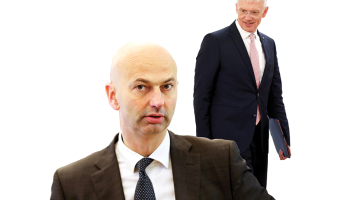
Foto: Kaspars Krafts, 64
Latvia has been the fastest growing EU economy for the past few years but it would be careless to assume that this will continue. The Ministry of Finance expects the economy to grow by 4.0% this year, the EU Commission's spring forecast says 3.8% while Bank of Latvia at the press conference by Governor Rimšēvičs on 6 June lowered its forecast from 4.0% to 3.3%.
Another lowering of a forecast came even earlier, in March, by SEB bank and from 4.8% to 2.9%. I think that these lower forecasts make a lot of sense and I would not be all that surprised if GDP growth ended even lower for what is it that is supposed to drive growth this year?
After impressive growth, exports stalled in 2013 (see also Figure 3) and not surprisingly so. Growth in trading partner countries is not exactly acting as a locomotive for the Latvian exporters with negative growth in Estonia (Figure 1) and Finland (Figure 2), anemic development in Sweden and Denmark and only half-decent performance in Germany and Poland. And, of course, also Russia is slowing down considerably so we should not expect exports to boost the Latvian growth numbers for 2014.














